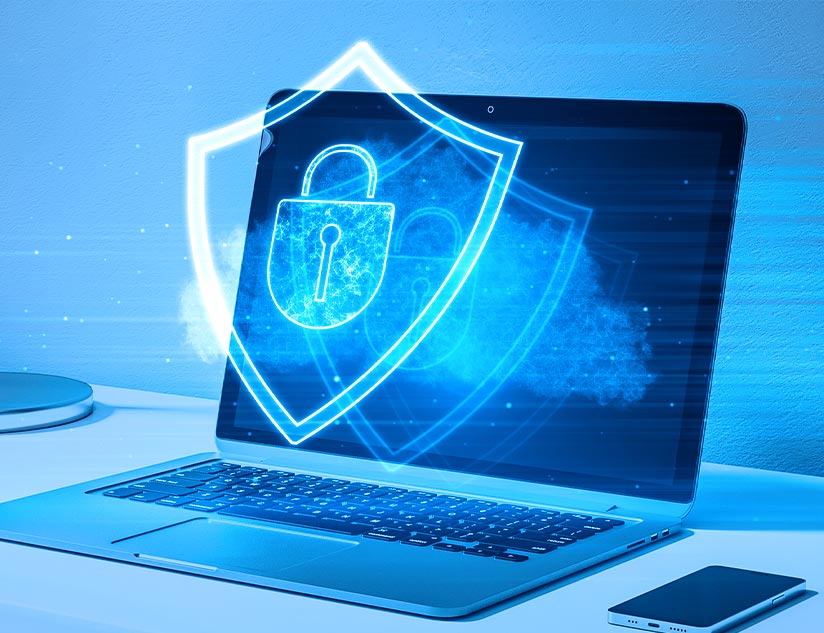With the expansion of the internet and with the availability of numerous file sharing tools, distribution of copyrighted digital media files has become quite simple. Web-based readers have increased across the globe, and so has the chances of piracy and misuse of content. Digital Rights Management (DRM) and license management allow control of copyrighted material through technology.
Digital Rights Management systems can be used to protect high-value digital assets like contents and control their distribution as well as usage.
- DRM ensures that the right to access digital content is gained only by those who pay for the license. The Digital Right Management license protocol ensures secure distribution, promotion, and sale of digital media content.
- DRM technologies can control file access, altering, sharing, copying, printing, and saving
- The architecture of DRM supports protection, monitoring, and tracking of the digital content usage.
Normally, publishers use a an encryption application to apply Digital Rights Management to their content. This allows a publisher to choose the control they wish to apply and encrypt the content to make it viewable only by the person who has the correct decryption key. A user will either have to install a plug-in to view the protected content or download a ‘reader’ application.
Interestingly, in the absence of any DRM, the piracy rate in China is believed to be 90%. Thus, it is imperative to have a system which not only allows publishers to protect their content but also helps a user gain access to content anywhere and anytime with the right key.
Digital Rights Management (DRM) plays a pivotal role in the management of licensing and authorized content distribution.
- It is a great method to avert the users or consumers from copying or duplicating purchased contents.
- DRM prohibits copying of licensed content and signifies the timeline for content access.
- It is also beneficial as it helps in restricting the number of devices on which the media can be installed.
DRM can also be used in different media such as;
- It is used to activate a product through use of licensed keys
- It helps in restricting the number of devices an e-book can be read on
- It is effective in preventing misuse of digital content
Benefits of DRM
The core concept in DRM is the use of digital licenses. Instead of buying the digital content, the consumer purchases a license granting certain rights to him. DRM systems are basically software packages or technological restraints that restrict the use of digital files in order to protect the interests of copyright holders. The technology can control file access, altering, sharing, copying, printing, and saving. Its benefits include;
Protection of digital content: DRM enables authors and publishers to send digital content across an unsecured network, like the Internet, so that the content can be read only by the e-consumers. It is an efficient tool to encrypt e-book content. MagicBoxTM has a powerful DRM running behind the platform to check if the user has licensed to the content. Different settings, like content expiry date, a user’s based, device based, and IP based licensing are available to restrict users accessing the content. Content encryption is done using AES 256 which is encryption standard. Check to know more: https://www.getmagicbox.com/learning-solutions/
Log usage: DRM system enables publishers to log usage of content. This allows them to view data such as when and who viewed and printed the content (document).
Secure e-book distribution: Once the e-book content is protected via DRM encryption, the proper key is needed to decrypt the content and render it readable. Without the key, the file is unintelligible. MagicBoxTM uses 3 different licensing types (User based, Device based, and Domain based) to provide the flexibility to the publishing company for creating different sales models.
Content authenticity: It is not very easy to modify the content of a physical book and pass it off as original to unsuspecting consumers. In contrast, tainted e-book content could be made to blend seamlessly with the original bits. To protect content authenticity, the content provider should use a strong DRM.
Enables new business methods: Online content along with secure internet connection allows publishers to create several creative content business. DRM systems provide effective security and provide users with a great user experience. The creative businesses are usually virtual and so allow unlimited business models including free promotions, buy, rent, web launch parties, controlled betas, etc. DRM systems make it difficult for people to steal the content or ask for unreasonable concessions. It offers the owner a great experience that ensures the consumers keep coming back.
Helps save history: Unlike copy protection which can cause content to be misused, DRM provides you with a right to the content or controlled use. This allows users to access content anywhere and anytime in any format irrespective of the evolving technologies. In simple words, DRM enables a user to gain permanent and portable rights.
With well-designed system architecture and security technologies, DRM is good for content providers who want to develop digital services without fear of losing control over their valuable digital assets. In short, DRM enables publishers to have a better control over their IPR and protect their profits irrespective of where and when the content is published.
Apart from this, publishers can also make use of the Digital Rights Management to protect their reports, training courses, e-books and other confidential documents from being misused or from any unauthorized access. With time, DRM systems will go beyond copy protection and instead be the norm. It won’t be wrong to say that DRM is here to stay and be here for a long time.
For further discussions or any query on MagicBoxTM DRM component, you may reach us at https://www.getmagicbox.com/contact-us/ or request a free demo of our product!















